Province’s push to change the city’s current transit plans has triggered outrage from Ford’s political foes
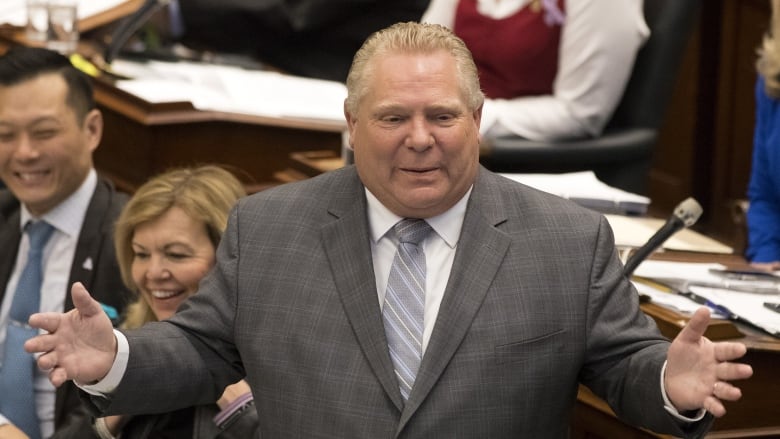
Many Torontonians are quite understandably hugely skeptical about any transit plan touted by Premier Doug Ford, given the premier’s late brother tore up what they saw as a perfectly fine Transit City plan in 2010 on his first day as mayor.
But what if the province’s current plan for building new subway lines were being touted by a premier named Patrick Brown? Would those same Torontonians have the same negative gut reaction?
The questions are valid because the Ford government’s ideas are not vastly different from what Brown was proposing in 2017 when he was PC leader. Brown too envisioned that the province would take responsibility for building new subway lines, including the Downtown Relief Line (DRL) as well as the Scarborough and Richmond Hill extensions, and leave the TTC to operate them.
Brown’s financial argument for the province to own the new lines is the same as Ford’s. The provincial government can amortize the capital cost, something the city cannot do. Under this financing model, when the province carries the subway construction cost on its books, the taxpayer’s transit dollar would in theory go further.
Despite the logic in this, it seems that the Ford government can’t do a thing on transit without triggering the outrage of his political opponents. The latest example is the province’s move to propose changes to the TTC’s priority transit projects. Pause for a moment, and consider whether this outrage is preventing a clear-headed, non-partisan assessment of the changes on their own merits.
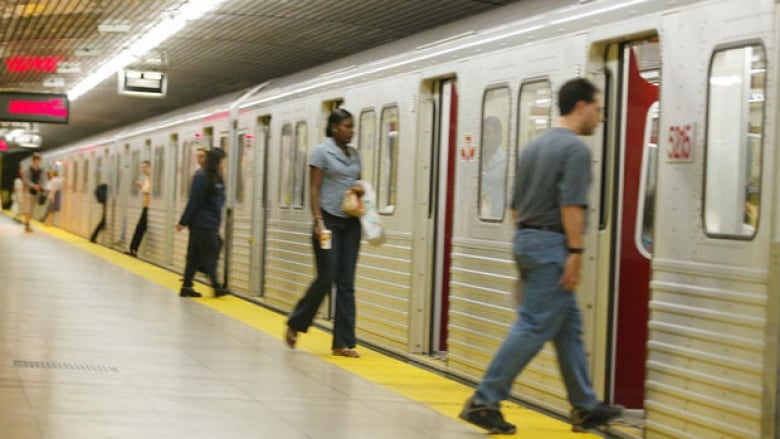
Downtown Relief Line
The city’s existing proposal envisions that trains would be able to come along Line 2 from Kennedy and switch to the DRL at Pape. The province says it makes no sense to build a new line that has to be compatible with the old technology on Line 2. That’s why it’s proposing a “free-standing” line, in which trains would run only between Pape and Osgoode, using the latest available technology.
The government insists the free-standing line would be quicker and cheaper to build than the city’s model. The province is not proposing any change to the proposed routing of the DRL (down Pape and across Eastern Avenue and Queen).
Scarborough subway
The city’s existing proposal is for a one-stop subway. The province prefers the three-stop option, with stops roughly near the intersection of Lawrence and Kennedy, Scarborough Town Centre, and near McCowan and Sheppard.
The province’s argument is that the extra stops will not significantly drive up the costs of the line, and would better serve the people of Scarborough. The chief drawback to this option would be if it slows down construction.
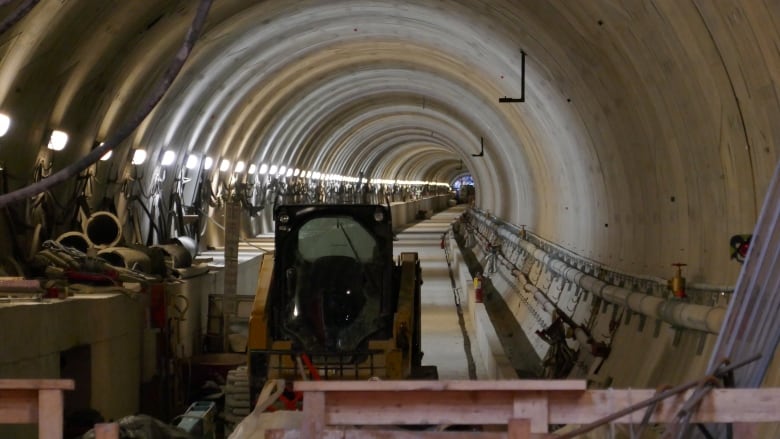
Yonge extension to Richmond Hill
The differences between the city and the province here are all about timing. The city wants the DRL to be built as a priority over the Yonge extension. The province wants to proceed with both at the same time.
If the province can guarantee that the DRL won’t be delayed by also building the Richmond Hill extension, what’s to complain about?
Eglinton West LRT extension
This project is part of Toronto Mayor John Tory’s SmartTrack plan, and would run at or above ground from Mount Dennis westward toward Pearson Airport. The province is proposing to build it below ground, something the city says would more than double the cost.
Of all the changes the province is proposing, this one has the weakest justification by far: Transportation Minister Jeff Yurek says people in the area want a subway. Well, folks, join the club.
One can’t help but notice that this would bring a new subway line to Ford’s own political stronghold of Etobicoke. The big concern here is that spending billions more to put this one line underground will siphon much-needed funding away from other transit projects that the city wants built.
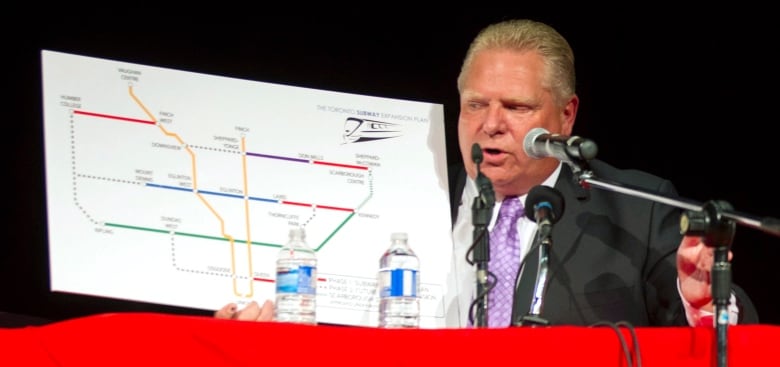
Ford struggles to sell the plan
Certainly, serious questions remain unanswered about the Ford government’s transit plan. How much will it all cost? How much will the city have to pay? When will the lines be built? Yurek insists those questions will be answered soon with a detailed plan.
There is widespread agreement that politics has for too long interfered with Toronto transit construction. Right now, politics might be interfering with people’s willingness to give any transit plan from the Ford government a fair hearing.
Ford did not dream up the transit plan on his own, but as the premier, he is the plan’s salesman. And a lot of folks aren’t buying what he’s selling, because they just don’t trust him when it comes to the TTC. Ford’s move to slash Toronto city council certainly did nothing to make many people think he has the city’s best interests at heart.
The only way for Ford to overcome that skepticism will be to prove that he is a transit builder instead of a transit destroyer. That will require not just a firm commitment of money, but actually spending some, so that the proverbial shovels are in the ground and transit projects that meet real needs are clearly becoming a reality.
That might just happen, because there is a political imperative for the PCs. They desperately need Ford to garner some credibility on transit construction in Toronto.
If there is not significant progress on new transit construction by the election in June 2022, Ford risks facing the wrath of Toronto voters. Toronto gave his PCs 11 seats. Lose those, and Ford loses his majority.



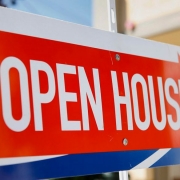
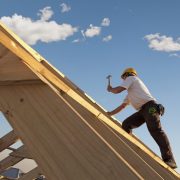
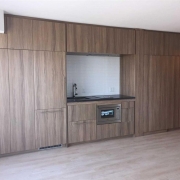
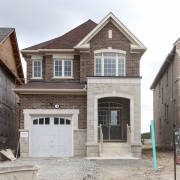

 Maziar Moini, Broker of Record - Home Leader Realty Inc.
300 Richmond St. W., #300, Toronto, ON M5V-1X2
Maziar Moini, Broker of Record - Home Leader Realty Inc.
300 Richmond St. W., #300, Toronto, ON M5V-1X2



